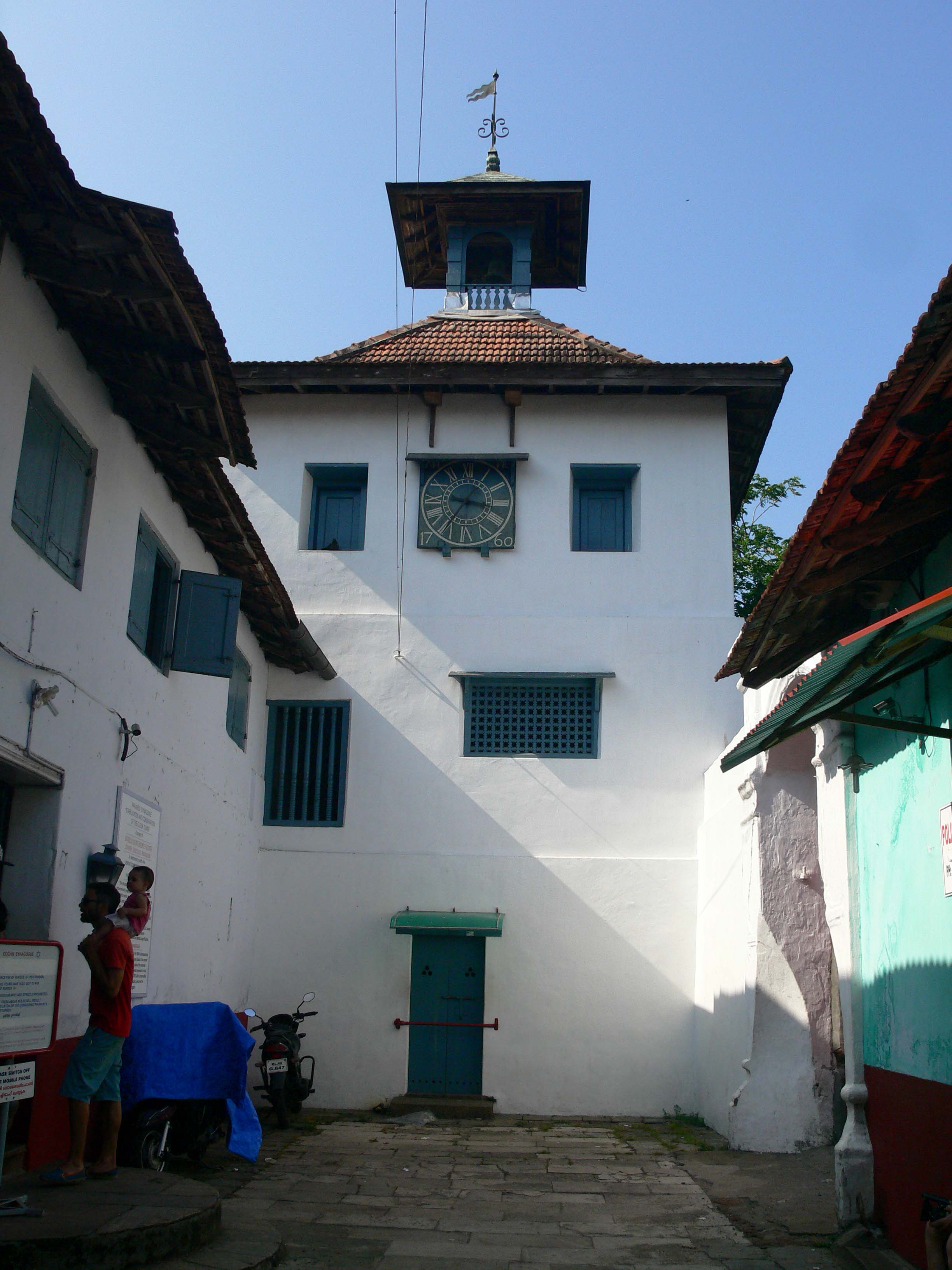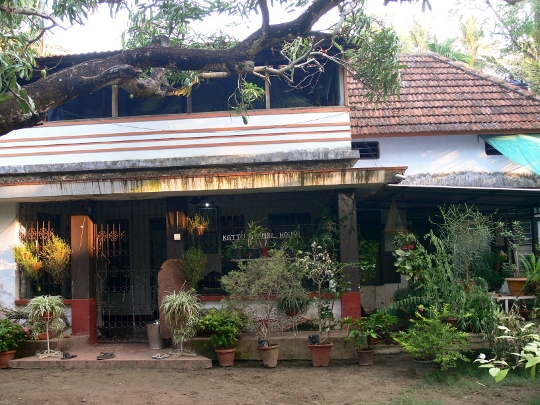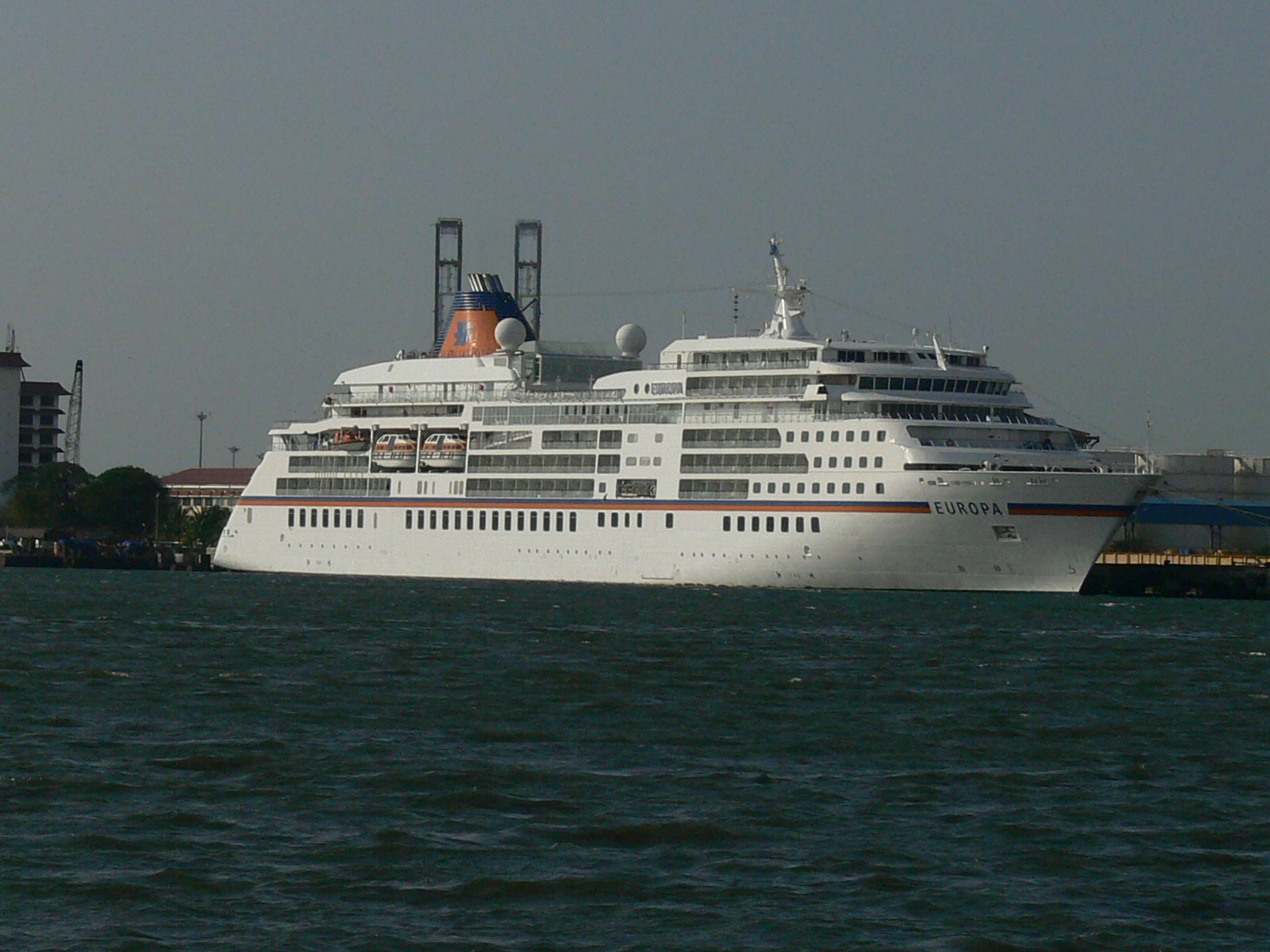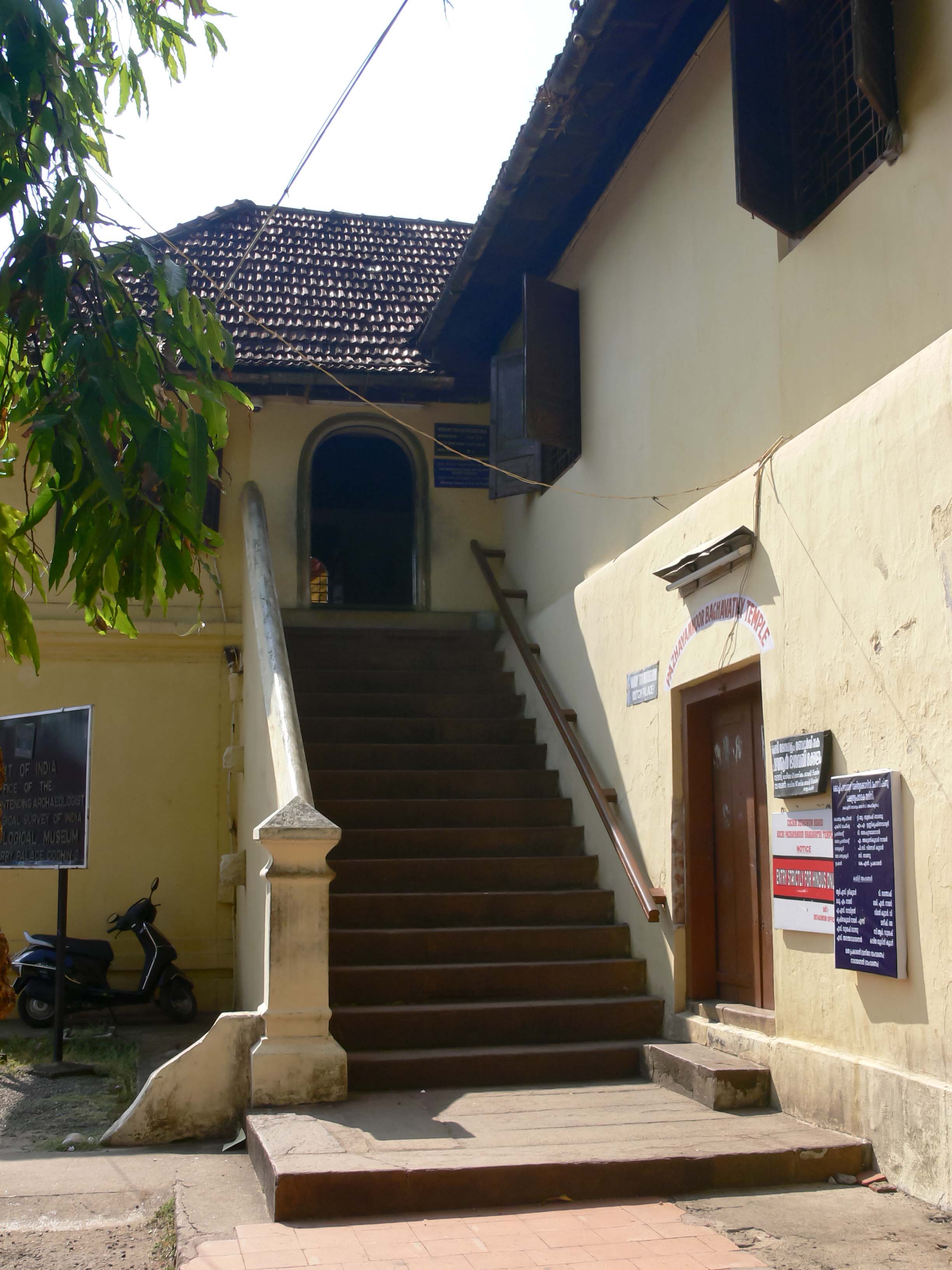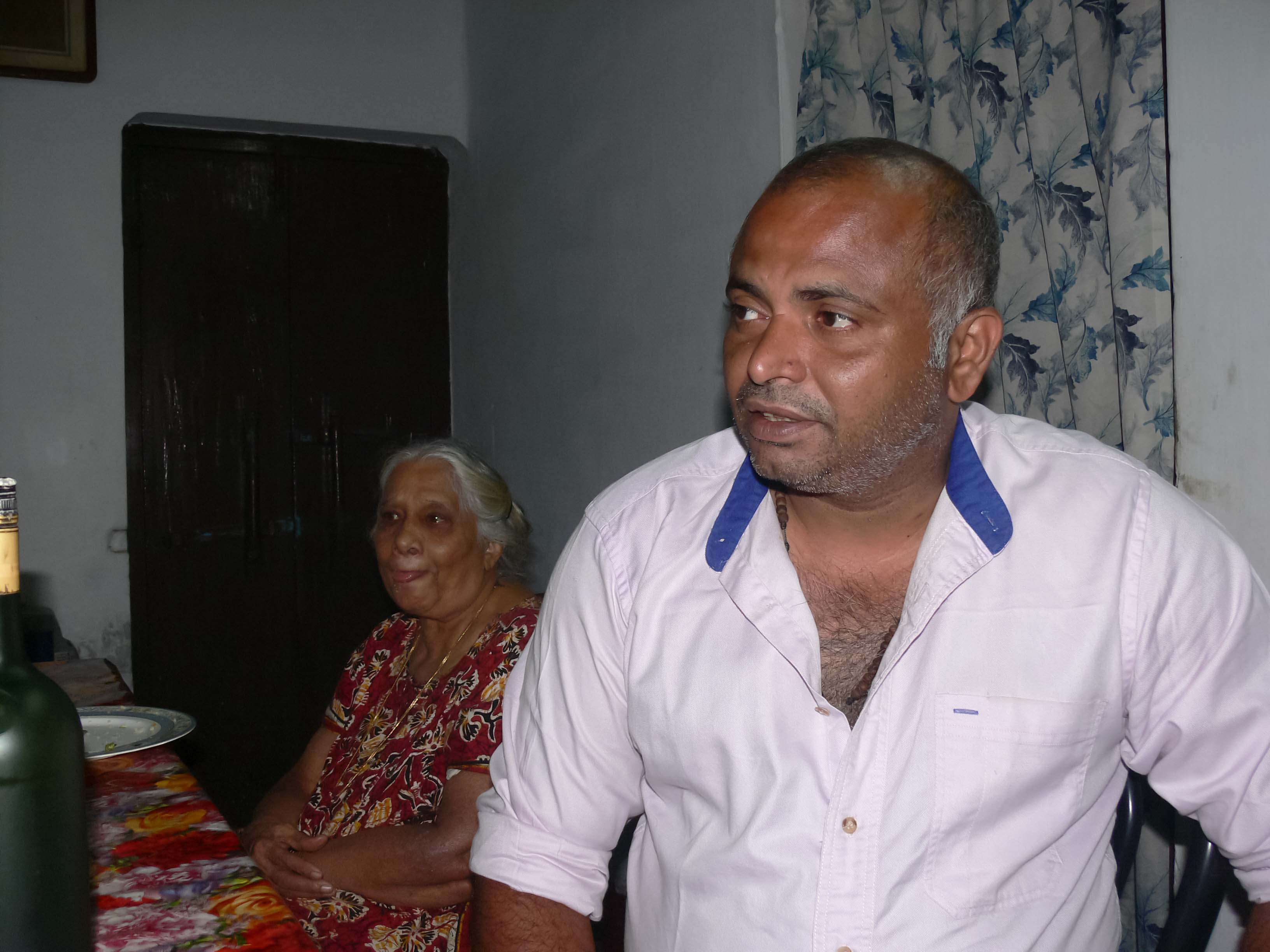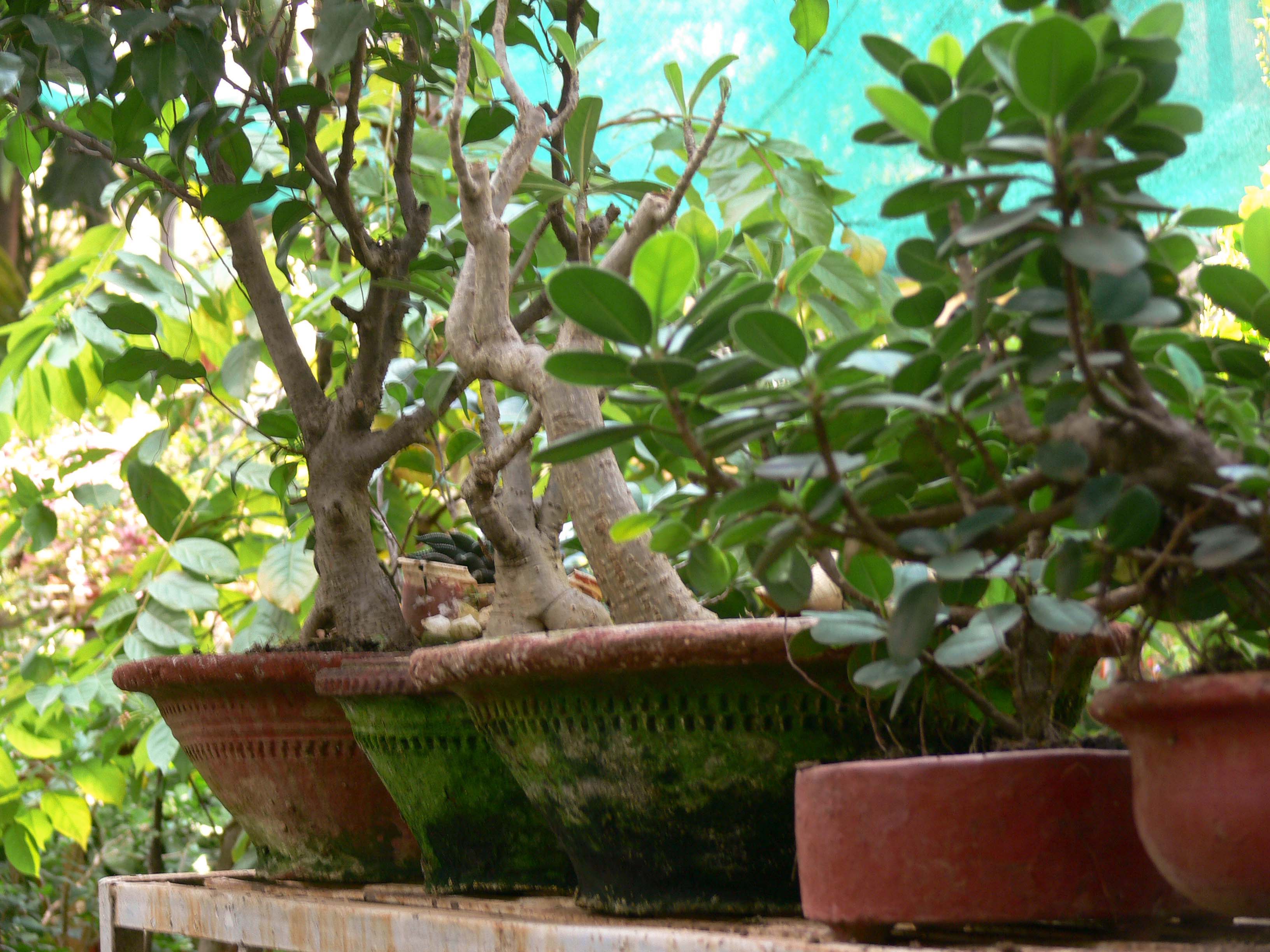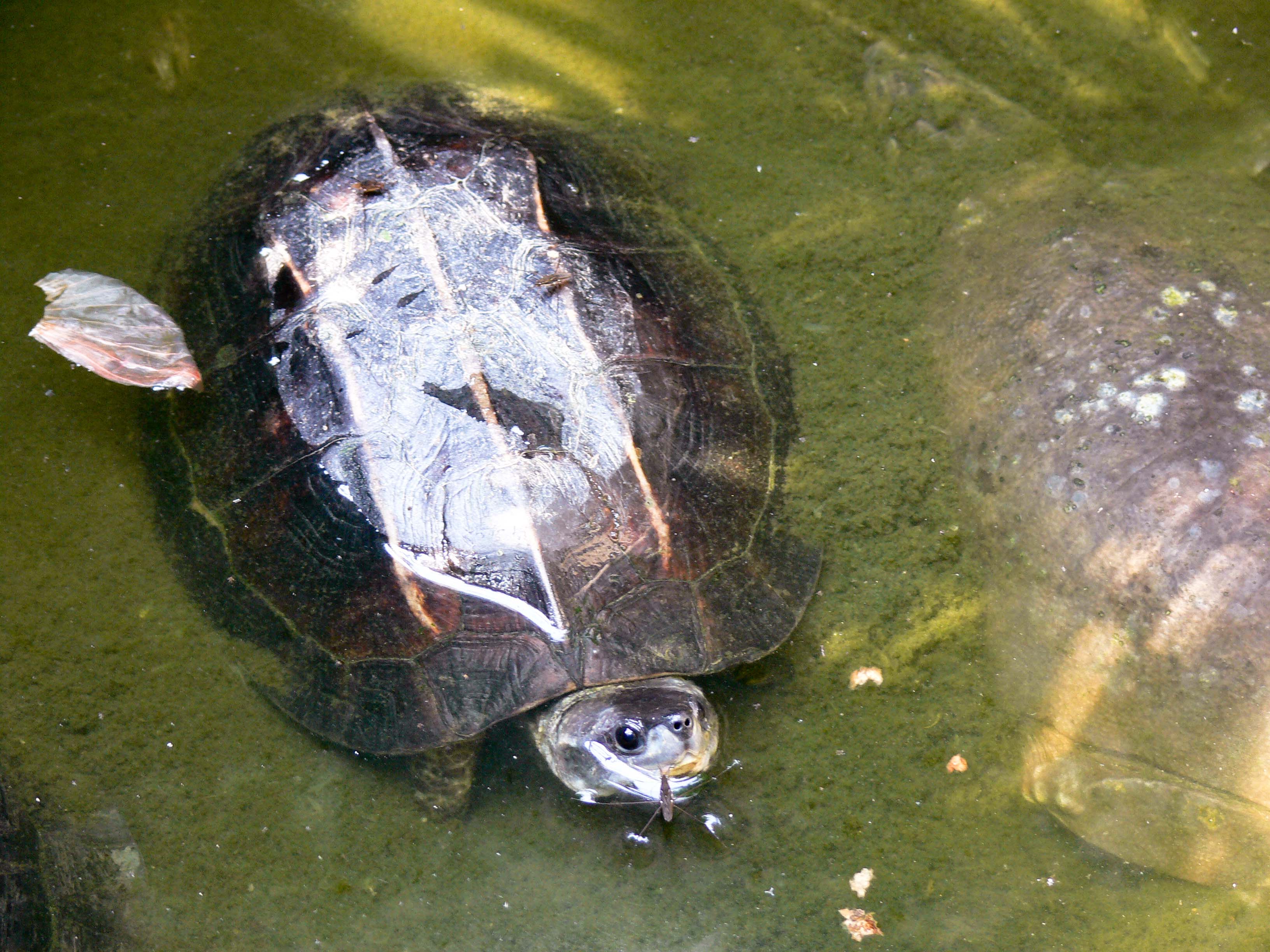Started quite early to Kochi… a KSRTC bus that passes through my village took me to Angamaly and from there to Kochi in one of the ‘low floor buses.’ Reached Blue Charles place, a beautiful half an acre property in the heart of the city, to find him gone to Mavelikara with his father, met his lovely wife. Blue is a very old friend from the Ooty days and he has various business interests in hotels, an online library and agriculture.
I left my bags at Blue’s place and went over to Mattancherry. Took a local bus from Blue’s place to the Ernakulam Jetty. It is the easiest and the most cost effective mode of transport to Fort Kochi and Mattancherry from the mainland. The cost of the ticket is Rs.4/- and if you come by the bus it would cost Rs.17/-. The ferry trip is quite scenic and you can see some big ships anchored in the harbour and some fishing boats. It takes about 20 minutes to reach Fort Kochi and took a walk to Mattancherry. The streets of Mattancherry and Fort Kochi are quite laidback and has an old world charm to it. Plenty of tea, coffee, pepper, and other spices are traded here. Many establishments cater to requirements of the cruise liners that visit this port.
My first stop was at the Dutch Palace also known as the Mattancherry Palace. The palace was built and presented to the Raja of Kochi Vira Kerala Varma in 1555 AD by the Portuguese and later the Dutch renovated the palace and now popularly known as the Dutch Palace. The palace has both the European architectural style and the Kerala style called the Nalukettu with a courtyard in the middle. Now the palace is maintained by the Archaeological Survey of India. The palace is now a museum and with a nominal fee of Rs.5/- one can gain entrance. As you enter you can see some wonderful mural paintings depicting the Indian epic Ramayana and Shiva puranas on the walls. These murals are the finest example of this art form and are reproduced to date in various homes and offices. These murals were painted in various stages between the 16th to 18th centuries. The other exhibits are mainly portrait paintings, costumes, palanquins, coins, stamps, arms of Raja of Cochin and some Dutch drawings of the 17th and 18th centuries. The murals stand out with its beauty and intricate work. Sadly, photography is not allowed inside the museum.
The next stop was the Jew Temple or the Cochin Synagogue. It is said that the Jews came to Shingly or Crangannore or the present day Kodungaloor In the Thrissur District in 72 AD. The Jews were persecuted by the Portuguese and they left Crangannore. With the patronage of Raja of Cochin, the Jews made Cochin their home and the synagogue was built in 1568. It is small place of worship with antique Chinese hand painted tiles that was laid in 1760, no two tiles are alike and the decoration for the Simcha Torah. Now there are about 15 Jewish families with a population of about 100. This synagogue is a must visit if you are visiting Kochi for its antiquity. The Jewish history underlines India’s time old tradition of religious tolerance and acceptance.
I took the ferry back to Blue Charles’ place and after some time Blue was back. It was pleasant get together and we discussed about Realindia and about listing Blue’s place. He said he offers an experience and not just a place to stay overnight. He has more than half an acre of property with beautiful potted plants, bonsai trees, a pond with a rare fish called Giant Gaura and a few tortoises, a couple of friendly dogs. He has modern building and an old house with tiled roof. He says Realindia is a wonderful idea and to giving the tourists a feel of our country’s hospitality is something unique, and his father who is in the hospitality industry for a long time was in agreement.
The place is in really cool compared to the other parts of the city due to its rich vegetation and trees. We will be listing Blue’s Kattuparambil House on Realindia.
I left Blue’s place and come over to the Fort Kochi area. The next post will be about the Kochi-Muziris Biennale and Fort Kochi.
